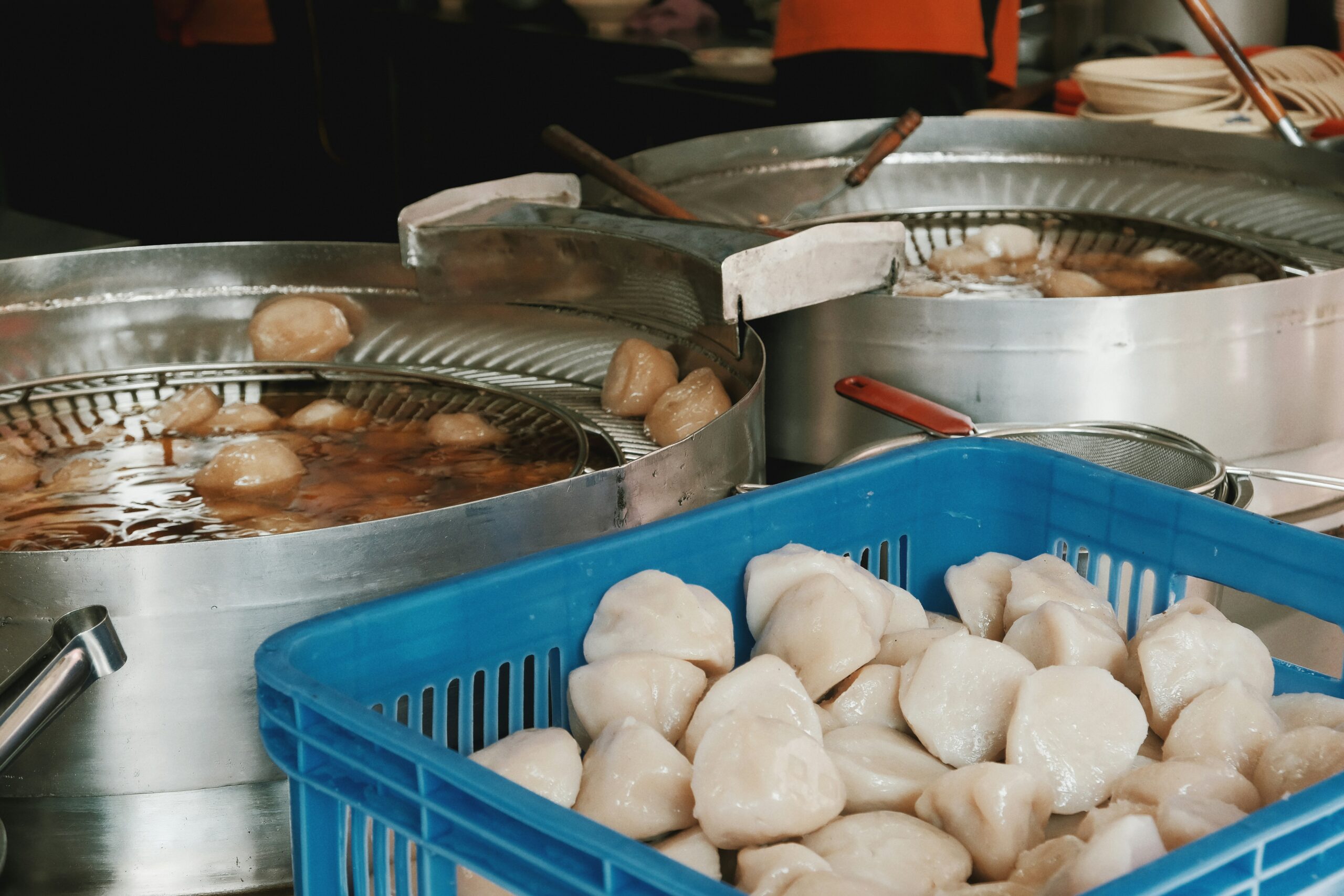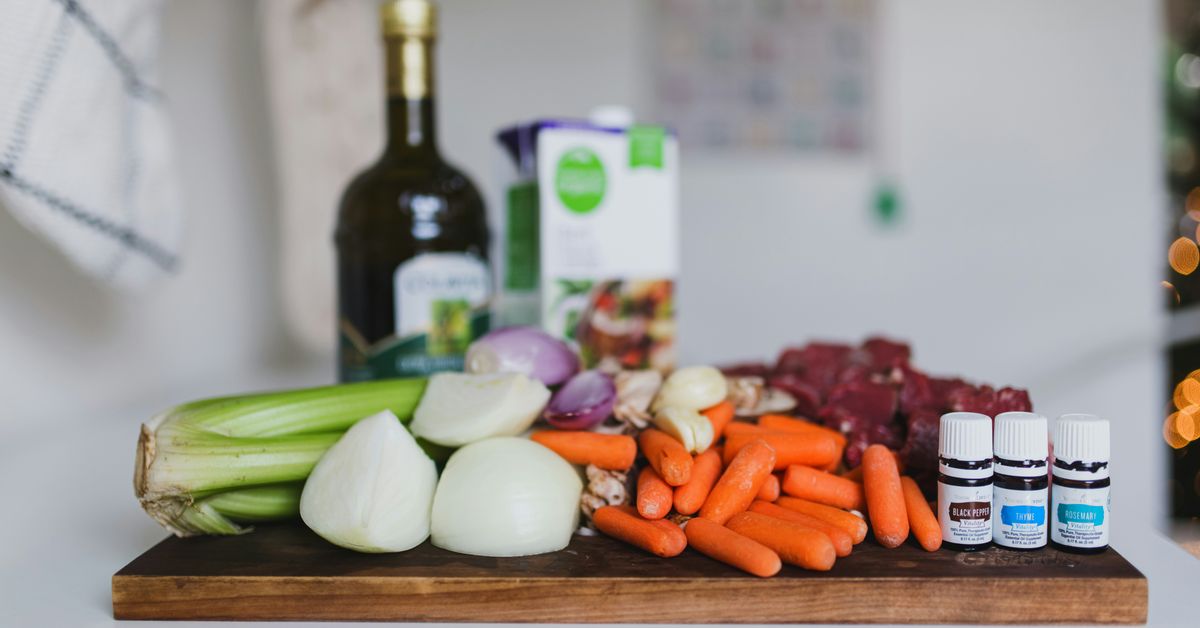Revolutionize Your Baking with These Unexpected Ingredient Swaps You Never Knew Existed!
In the world of baking, innovation is often hidden in plain sight. It’s not just about the flour, sugar, and eggs anymore; it’s about the unexpected ingredient swaps that can take your baked goods from ordinary to extraordinary. Have you ever found yourself halfway through a recipe only to realize you’re missing a key ingredient? Or perhaps you’re just looking to experiment and elevate your baking game? Either way, the culinary world is full of delightful surprises just waiting to be discovered.
Why Ingredient Swaps Matter
Ingredient swaps can transform not just the flavor and texture of your baked goods, but also their nutritional profile. For instance, substituting applesauce for oil can significantly reduce the fat content in a cake while still keeping it moist (and a little healthier!). It’s these little tweaks that can make a huge difference in the kitchen, whether you’re a novice baker or a seasoned pro. Plus, let’s be honest, who doesn’t love a good kitchen hack?
Let’s Dive In: The Surprising Substitutes
The following sections will explore a variety of ingredient swaps that are both practical and innovative. Each swap comes with tips on how to use it effectively in your baking, along with a few personal anecdotes that may resonate with your own culinary adventures.
1. Applesauce for Oil
This is a classic swap that many health-conscious bakers swear by. Applesauce provides moisture and a hint of sweetness without all the added fat. I remember the first time I tried this—I had a craving for chocolate cake but was also on a health kick. I substituted half the oil with applesauce, and to my surprise, the cake turned out just as rich and delicious. The key is to use unsweetened applesauce to avoid overly sweet results.
How to Use It
- For every cup of oil, use 1 cup of unsweetened applesauce.
- Reduce sugar by about 1/4 cup if your recipe is particularly sweet.
- Consider adding a teaspoon of vanilla extract for an extra flavor boost.
2. Greek Yogurt for Sour Cream
When I first tried Greek yogurt in place of sour cream, I was skeptical. Would it really provide that same tangy flavor? To my delight, it not only worked but also added a protein punch to my baked goods. This swap is particularly useful in cakes and muffins, where a little moisture and acidity can enhance the texture.
Why It Works
Greek yogurt is thicker than sour cream, which means it can provide the same creaminess without the extra fat. Plus, it’s lower in calories and packed with protein, making your treats a tad healthier. Who knew indulgence could be so guilt-free?
Using Greek Yogurt in Baking
- Substitute equal parts Greek yogurt for sour cream in your recipes.
- For a sweeter dessert, consider adding a bit of honey or maple syrup to balance the flavor.
- Try mixing in some lemon juice for an extra zing!
3. Avocado for Butter
If you haven’t baked with avocado yet, what are you waiting for? This creamy fruit is a game-changer, and I distinctly remember the look on my friends’ faces when I served them brownies made with avocado instead of butter. The result? Rich, fudgy brownies that were surprisingly guilt-free. They didn’t even suspect a thing!
Benefits of Avocado
Avocado is rich in healthy fats and adds moisture to your baked goods, much like butter. It also brings a subtle flavor that can complement many desserts. Here’s how to incorporate it seamlessly.
How to Substitute
- Use a 1:1 ratio to replace butter with mashed avocado.
- For a lighter texture, consider blending avocado with a bit of water or milk.
- Keep an eye on baking times as items might bake faster due to the moisture content.
4. Banana for Eggs
Ah, bananas—the ultimate baking companion. When I became interested in vegan baking, I quickly discovered that ripe bananas are an incredible egg substitute. They add moisture and sweetness, making them perfect for muffins and pancakes. The first time I tried this swap, I was nervous, but the banana bread turned out moist and flavorful, proving that sometimes, the simplest solutions are the best.
Egg Replacement Made Easy
- Use 1/4 cup of mashed banana to replace one egg.
- Perfect for recipes where a little extra sweetness won’t hurt, like quick breads and pancakes.
- Be mindful of the banana flavor—if you don’t want it to overpower your recipe, consider using less than 1/4 cup.
5. Nut Butters for Oil or Butter
Nut butters are not just for toast! They can add depth and flavor to your baked goods. I once made peanut butter cookies using almond butter instead of oil, and let me tell you, it was a revelation. The cookies were rich and nutty, with a chewy texture that was simply divine. Plus, nut butters often come with added protein, which is a nice bonus.
Choosing the Right Nut Butter
While peanut butter is a classic choice, almond, cashew, and even sunflower seed butter can work wonders. Just be sure to choose natural nut butters without added sugars or oils for the best results.
How to Incorporate Nut Butters
- Replace half of the oil or butter with nut butter for a rich flavor.
- Consider reducing sugar slightly if your nut butter is sweetened.
- Mix nut butter into your batter thoroughly to avoid clumps.
6. Coconut Milk for Dairy Milk
When I first ventured into dairy-free baking, I was thrilled to find that coconut milk could be a delightful substitute for regular milk. I vividly remember making a coconut cream pie with it; the texture was velvety, and the tropical flavor was simply irresistible. Coconut milk adds richness and a hint of sweetness, which can elevate many recipes.
Using Coconut Milk
- Substitute coconut milk in a 1:1 ratio for dairy milk.
- For a lighter option, consider using light coconut milk or a blend of coconut milk and water.
- Be cautious with recipes that need a neutral flavor, as coconut milk can impart a distinct taste.
7. Silken Tofu for Cream Cheese
Tofu in dessert? Yes, you read that right! Silken tofu can be used as a fantastic alternative to cream cheese in frosting and cheesecakes. I was skeptical at first, but after trying a chocolate mousse made with silken tofu, I was hooked. It created a creamy texture without the heaviness of cream cheese, and you wouldn’t even know it was there!
How to Use Silken Tofu
- Blend silken tofu until smooth and use it in a 1:1 ratio to replace cream cheese.
- Add flavorings like vanilla or cocoa powder to enhance the taste.
- For a sweeter touch, mix in powdered sugar to achieve the desired sweetness.
8. Cauliflower for Flour
This might sound a bit out there, but hear me out. Cauliflower can be a fantastic substitute for flour in certain recipes, especially if you’re looking to reduce carbs or add some veggies to your diet. I first encountered cauliflower pizza crust at a friend’s house and didn’t think it would work—until I took a bite. It was surprisingly good! The key is to use riced cauliflower and squeeze out as much moisture as possible.
Using Cauliflower
- Rice or steam cauliflower and drain it thoroughly before using.
- Mix with eggs and cheese for a binding agent.
- Perfect for pizza crusts, pancakes, or even cookies (yes, cookies!).
9. Oat Flour for All-Purpose Flour
Oat flour is another fantastic alternative that I stumbled upon during my gluten-free phase. It’s nutty, slightly sweet, and can be made at home by grinding oats in a blender. I remember whipping up some blueberry muffins with oat flour and being amazed at how moist and flavorful they turned out. It’s a great option for those with dietary restrictions or anyone looking to try something new.
Oat Flour Substitution Tips
- Substitute oat flour in a 1:1 ratio for all-purpose flour.
- Mix in a bit of xanthan gum (if gluten-free) to help with binding.
- Be mindful that baked goods may have a denser texture.
10. Chia Seeds for Eggs
Chia seeds are not just a trendy superfood; they can also work wonders in baking. When mixed with water, they form a gel-like consistency that can act as a binding agent, similar to eggs. I once made vegan cookies using chia seeds, and they turned out surprisingly chewy and satisfying. It’s a great swap if you’re looking to eliminate animal products while still enjoying delicious treats.
How to Use Chia Seeds
- Mix 1 tablespoon of chia seeds with 2.5 tablespoons of water and let it sit for about 15 minutes.
- Use this gel as a replacement for one egg.
- Perfect for cookies, muffins, and pancakes!
Final Thoughts: The Joy of Experimentation
Baking is an art, and like any good artist, a baker should never shy away from experimentation. These ingredient swaps not only help you adapt to dietary restrictions or pantry shortages but also inspire creativity in the kitchen. The next time you find yourself missing an ingredient, don’t panic; instead, reach for one of these alternatives and see where it takes you. Who knows? You might just stumble upon your new favorite recipe.
Whether you’re baking for a special occasion or just indulging in a sweet treat for yourself, these unexpected ingredient swaps can add a whole new dimension to your baking adventures. So roll up your sleeves, gather your ingredients, and get ready to revolutionize your baking experience. Happy baking!




